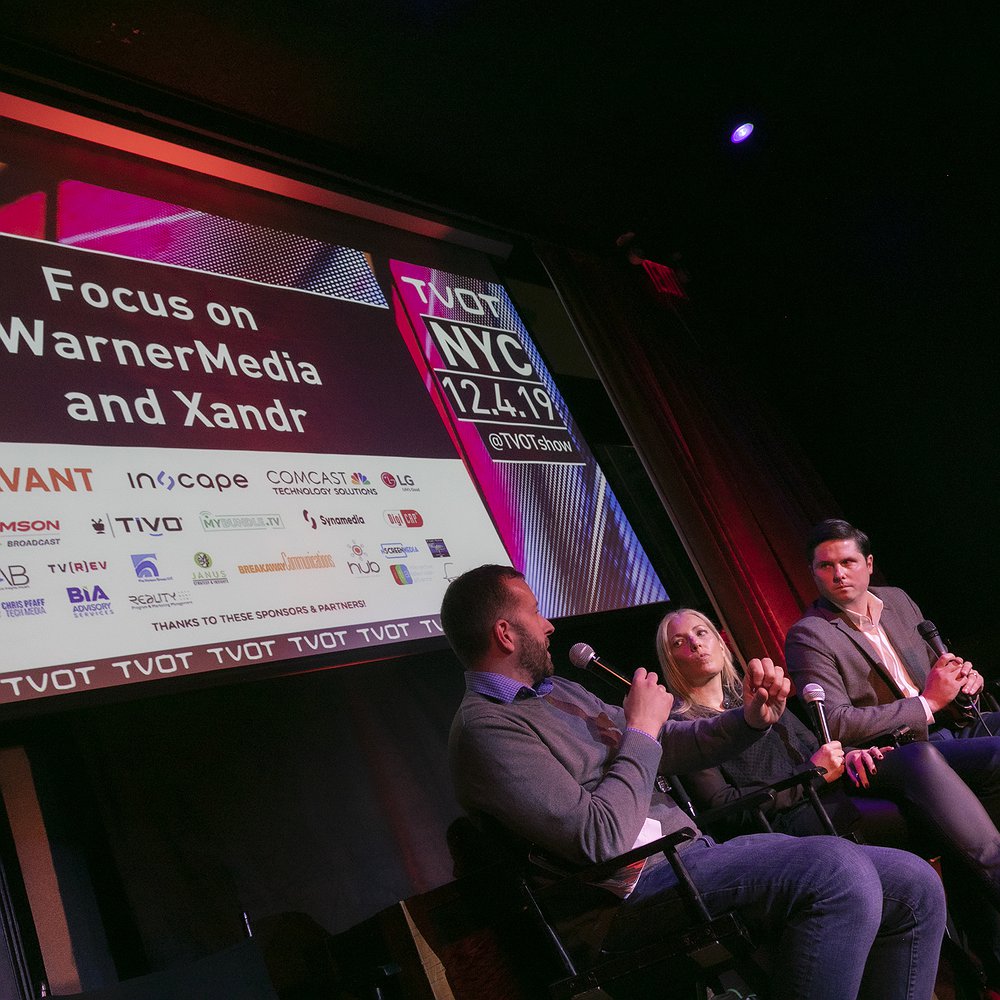As difficult as it is to predict media industry trends in
normal times, it is especially difficult to predict them now during a pandemic.
What can we expect to happen financially in the 4Q when the virus may or may
not be under control? How long will it take the media marketplace to rebound? To read Jeff Minsky's commentary on Jack Myers' update and forecast, link here.
That is why sitting down with two financial experts like Michael
Nathanson, Senior Research Analyst at MoffettNathanson and Jack Myers, Founder
of MediaVillage, helps to put the future of media spend into a manageable
perspective. This MediaVillage
Leadership Conversation took place last week where they delved into their
previous forecasts earlier this year and revised their predictions with the
most up to date data. (View the full video Leadership Conversation on-demand here.)
A Look Back At Past Forecasts
While
Nathanson was surprised at the market upside and noted that the data points
were better than he expected since his predictions in April, Myers was less
sanguine. “The caveat being,” Myers stated, “that we were anticipating a
shorter term downturn with maybe less of a long tail.” But maybe, he averred,
the long tail is longer than we expected.
Back in
April, Myers had taken, “a more contrary point of view to most of the consensus
regarding the economy, based on a more pessimistic view of how the government
and nation would respond.” His more pessimistic forecasts have, unfortunately,
proved prescient. Consumer confidence which drives the economy needs
reassurance that a vaccine is imminent but the path to a vaccine is a long one
with the best case, according to Myers, occurring in the second quarter of
2021. “So any recovery between now and then would be dependent on actions like
this and a more aggressive use of masks and social distancing- things that have
not been happening successfully around the country,” he explained.
The Unclear Future of Sports
“Sports seem
to be such a pivotal issue for the industry,” noted Myers. Is it possible for
sports to return in the third or fourth quarter of this year? For Nathanson, sports
may start but it is unclear whether it may finish the season. For Myers, the
challenge in predicting spend is that, “Sports advertising budgets are based on
the need for flexibility and cancellation options and not reallocating budgets
to other dayparts that are non-sports. Those are big concerns for the networks.”
Myers is, “Seventy percent sure that sports
are unlikely to happen. I agree that it will start. I am not sure where the
leagues will wind up.”
After to
speaking with educators across the country, Myers is also sure that colleges
will reopen in the fall but, “as of Thanksgiving they are anticipating and
planning for a shutdown.” So the start
and stop schedule for college, in addition to the unpredictability of pro
sports, does not bode well for the remainder of 2020. “There are so many
uncertainties and the risks are so high
that we are more likely to see delays into the second and third quarter
of next year before we see any meaningful return to sports and until there is a
vaccine. And I projected that we would not see an Olympics until 2022 which has
a major impact across the ecosystem. I am still holding on that,” he concluded.
Because sports programming covers the range of media from national to regional
to local and across all media, the revenue impact of a lost season for sports
programming is especially worrisome.
Ad Spend Performance Going Forward
In reviewing
his forecasts from earlier this year, Myers reiterated that his forecasts, “have
certain assumptions and predictions that are not consensus views around
sports.” Referring to his chart mapping the economic impact of the 1919 pandemic,
Myers noted that the same tactics that we are experiencing today from the lack
of Federal action to a reliance on the states to manage the outbreaks, resulted in a four year long recovery into the
Roaring Twenties. Of course medicine today is more advanced and the hope for a
vaccine in two years is not unreasonable today. But Myers sees a, “two years
downturn in the economy. I believe we are going to see increasing negativity
coming.”
Myers
compared a best case and worst case scenario in July to his original forecasts
in January which were generally positive. Looking at July, market
prognosticators appear to be more optimistic than Myers who noted that, “The
consensus view seems to be in the low (negative) teens in terms of the overall
advertising, in the mid-teens for the
legacy linear advertising and flat to negative … or even the plus side for some
forecasters for digital.” But Myers himself believes that best case, Total
Advertising will be off -14.3%, Legacy -20.8% and Digital (which does not
include Facebook) -7% while worst case is -20%, -29% and -9.3% respectively.
Examining
individual media sectors such as Cable, Broadcast, Local, Print and Audio, best
case worst case, “we are continuing to see downturns, anticipating minimal
sports revenue. I’m anticipating a 20-30% of what some other forecasters are
anticipating in terms of sports revenues. That is a primary reason for my more
negative best case scenario.” Some digital sectors can expect upsides such as
Search Marketing, Online Originated Video, Video Game advertising, “Overall,”
Myers said, “continuing a downturn in the Digital media economy with strength
around Interactive OTT and Addressable.”
And Yet, Some Bright Spots
There is a
bright spot in the area of content creation. Myers noted that the logjam
between Writers Guild and top agents seems to be breaking down, “which is good
news,” for the industry, enabling fresh material for content-starved viewers. And
reality shows, game shows and even movies are in production. “In Hollywood they
have begun casting couples and roommates. So they are beginning to cast people
who are social distancing with each other and finding a path towards original
production,” he explained, which could help with ratings performance.
Not Facing Reality Bites
"In
times like these, plans are useless but planning is essential," noted Myers,
referring to a quote by Winston Churchill. “We need to plan with best case and
worst case scenarios,” he stated. “The message that I communicate is - be prepared
for the downturn in the economy. Be prepared for some of the realities. As we
look at the upfront, the scatter markets and some of the realities across the
media ecosystem and agencies, I’m feeling a sense of complacency. A sense of ‘it’s
not as bad as we anticipated or feared so let’s move forward business as usual.’
That, frankly, scares me - move forward business-as-usual and not preparing our
businesses for the potential downturns,” he concluded.
This article first appeared in www.MediaVillage.com






